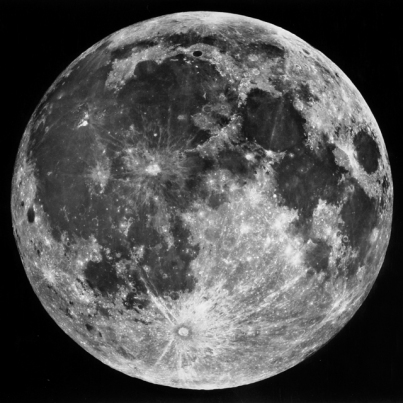
Let’s face it, a meteorite dropping out of the sky and landing in your garden doesn’t happen very often. In fact, it’s a pretty uncommon event to say the least. You probably have more chance of winning the jackpot on the National Lottery than you have waking up one morning and finding a lump of extraterrestrial rock lying outside your front door. But that’s exactly what happened to Mr Erhard Seemann of Braunschweig, Germany on the morning of April 23rd 2013. The meteorite enthusiast and dealer, Rainer Bartoschewitz quickly got on the case, compiling the necessary details to get the fall officially recognised and named by the Meteoritical Society. Rainer was able to show that the Braunschweig meteorite consisted of a single stone weighing 1.3 kg, which on impact with the concrete surface of Mr Seemann’s yard, sadly shattered into hundreds of small pieces.

Rainer Bartoschewitz with pieces of the Braunschweig meteorite
So how uncommon are falls like Braunschweig?
Well, so far this century there have been only 3 recorded meteorite falls in Germany; according to the Meteoritical Bulletin database. In the same period, in the UK, there has been a grand total of exactly, well, none! So, a meteorite fall is a big event by anyone’s standards and Rainer had no intention of letting the event go unnoticed by the scientific community. He quickly assembled an international team to put the Braunschweig meteorite under the microscope! The results of all this effort went online early last week in the journal Chemie der Erde, with an amazing 27 authors contributed to the article, including yours truly!
Not unexpectedly, Braunschweig turns out to be a relatively common type of meteorite, termed an ordinary chondrite. About 80% of all falls are ordinary chondrites. But as we saw in an earlier post, ordinary chondrites are a lot more exciting than their name might suggest. Ordinary chondrites are divided up into three main groups (H, L, and LL) and Braunschweig slotted into the L group. Along with almost all L chondrite meteorites, Braunschweig bears the scars of a catastrophic impact that took place in the asteroid belt about 460 million years ago. In fact the event had Solar System wide consequences and the Earth is known to have received a major influx of extraterrestrial material during this period.
And one final claim to fame for Braunschwieg. Forget about catastrophic impacts that caused mass extinction. With a diameter of 7cm and a depth of 3cm, the Braunschweig event is almost certainly responsible for the world’s smallest documented crater with rays. It may not have wiped out the dinosaurs, but one neighbour said the meteorite had been very noisy and landed with a loud crash. But such reports may be exaggerated, as Mr Seemann seems to have slept through the whole thing!

The Braunschwieg meteorite impact event formed a crater with a diameter of 7cm and a depth of 3cm! (Photo: E. Seemann)

Tycho on the Moon is perhaps the best example of a crater with rays and comes in slightly larger than the Braunschweig feature! (photo: NASA)


